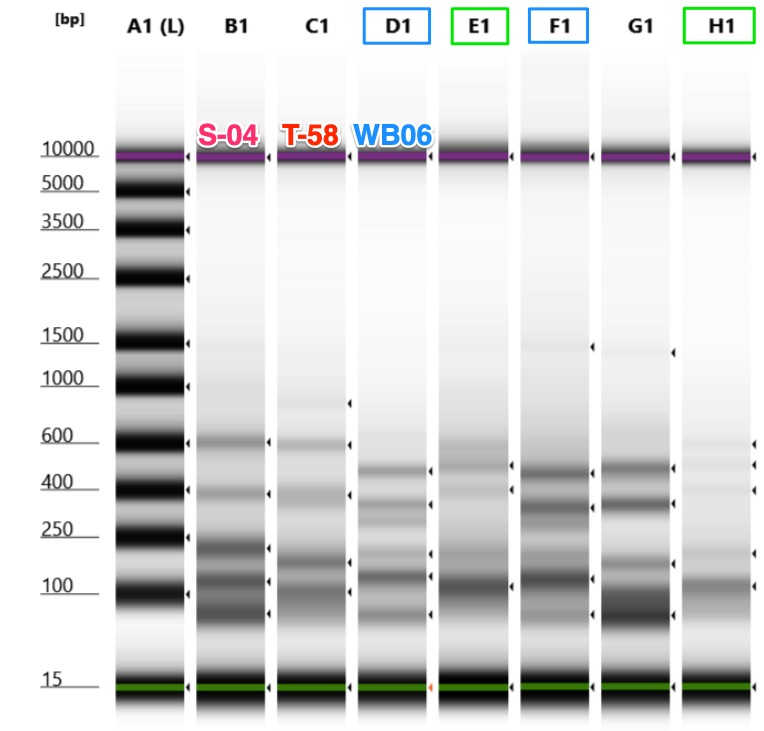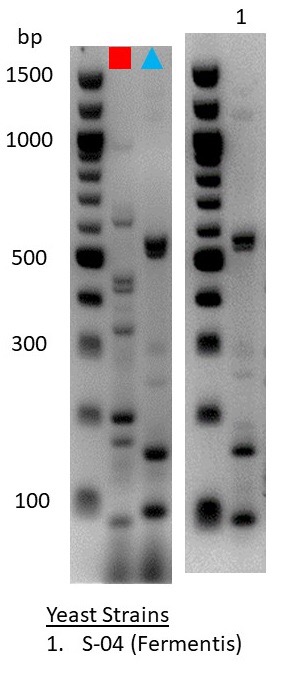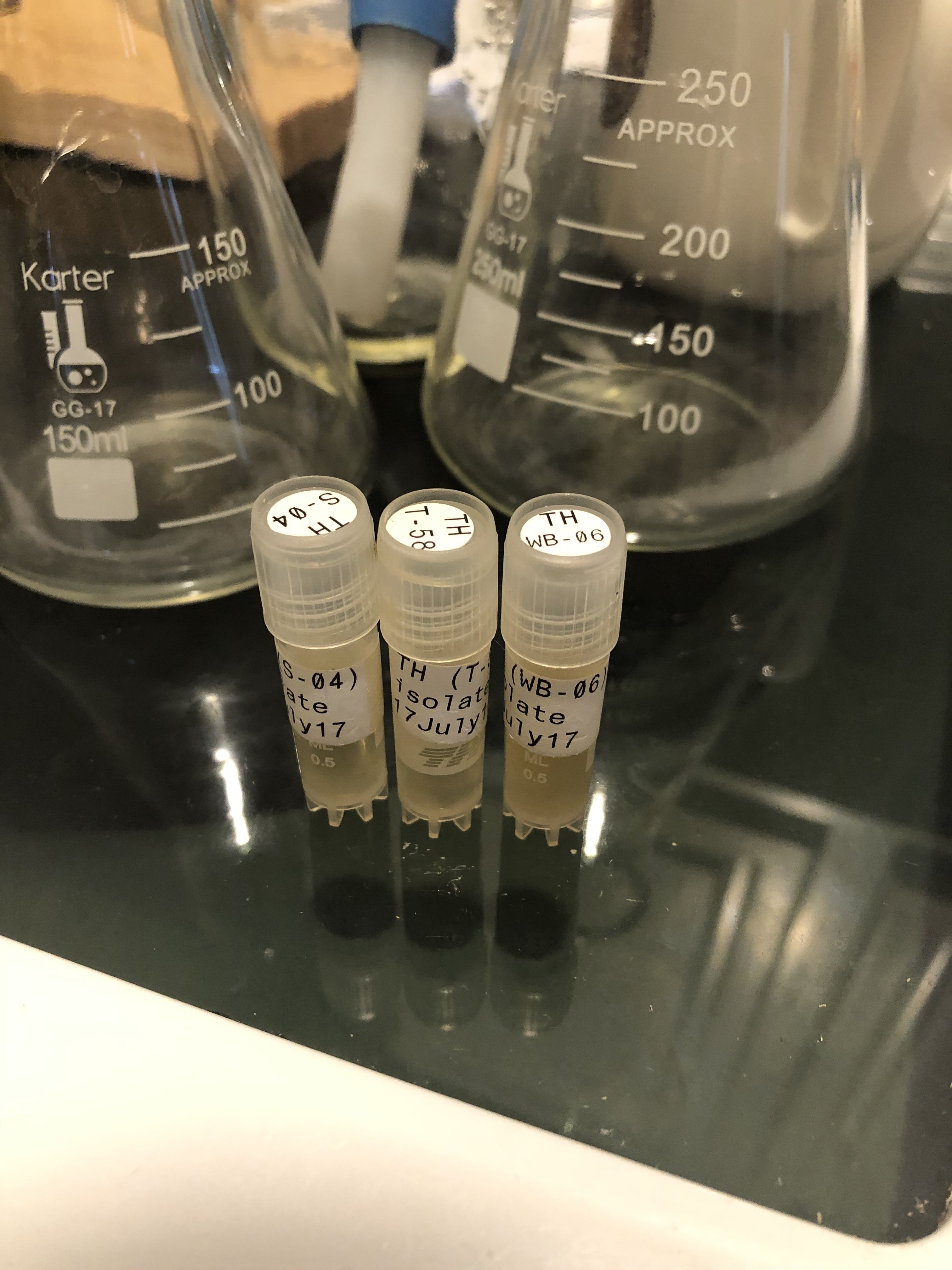beervoid
Hophead & Pellet Rubber
You raise an interesting point. Just from an economical/business perspective.Their beers ARE drastically different than most. They have an incredibly sophisticated brewery and obviously a talented staff. As long as SOP is followed it’s not that difficult.
I don’t think they’re doing anything that nuts other than not really force carbing their beers like everyone else does.
I don’t get much of the “alternate” yeast character in their beer to be honest. It smells like SO4 predominantly. Due to yeast needs for harvesting and repitching I find it hard to believe they’re mixing yeast from the get go. Even if you mix only small percentages in due to flocculation rates and other variables those percentages change really quickly. I’d be willing to bet they harvest the SO4 and then add dry hops and sugar plus other yeast and cap the tanks.
It seems breweries like them that sell retail do have some extra margin to justify the high dry hopping rates. Anything much above 2lbs per barrel is considered wastefull by certain standards.
If they are mixing yeasts how can you keep the harvested yeast consistent and how much money would they be loosing by pitching new dry yeast every single time? Dry yeast is cheaper then liquid but not free.
Now I def get a heffe thing from Tree House.
Would it be possible to manipulate s-04 yeast into pushing Isoamyl- and Isobutylacetate esters which are known for the more fruity banana ish esters.
How to explain the fact they found 3 different yeasts in the slurry of cans?





































![Craft A Brew - Safale S-04 Dry Yeast - Fermentis - English Ale Dry Yeast - For English and American Ales and Hard Apple Ciders - Ingredients for Home Brewing - Beer Making Supplies - [1 Pack]](https://m.media-amazon.com/images/I/41fVGNh6JfL._SL500_.jpg)


























